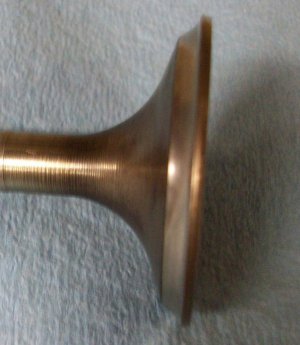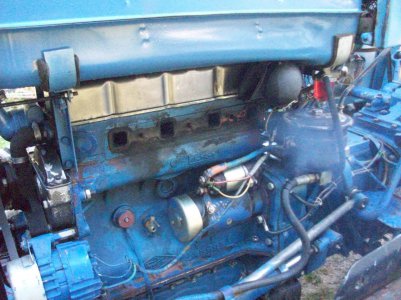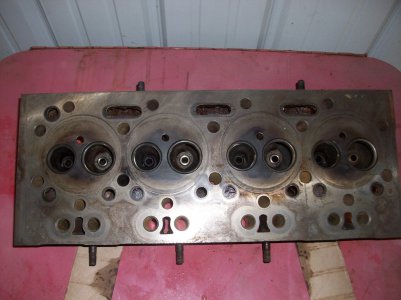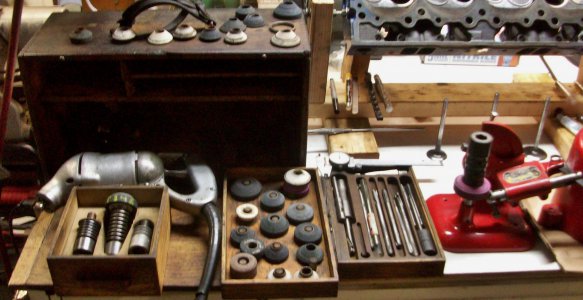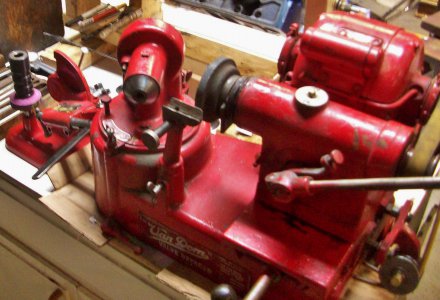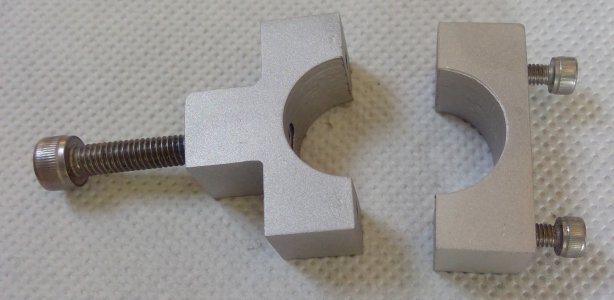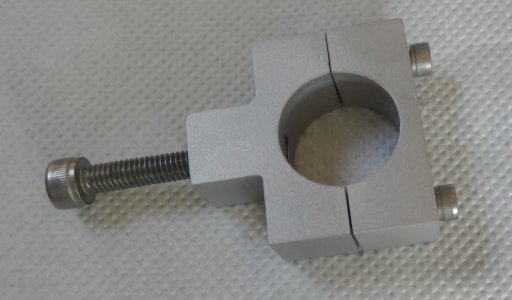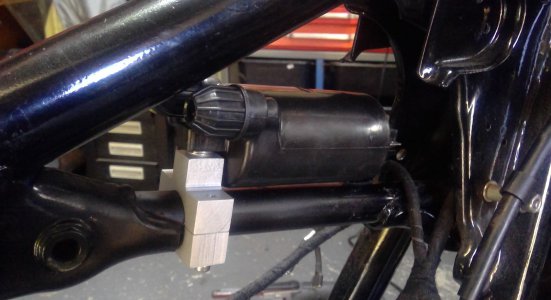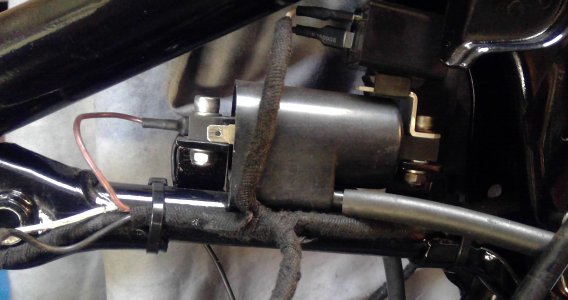- Joined
- Feb 26, 2021
- Messages
- 473
Some people will say that what you describe is a miss application of the lapping process. They will say that if the valve and seat don't clean up easily within a minute of lapping, then they should be cut, not lapped. My purest side fits into this belief camp.Lapping valves 'properly' will take considerably longer than a few seconds, how long is dependant on how bad the seats are. The more hours on a motor, the worse the seats will be. Lapping valves is a three stage process: Grinding with course compound, finishing with fine compound and finally testing for leaks.
There are different grits in valve lapping compounds, so, it's not just a single operation, start with course and finish off with fine. Before finishing with the fine grit, make sure you remove all the old course grit. If you just use course, the valves will leak. As you lap, some of the abrasive in the compound will break down into finer particles, so, you will have a mixture of fine and course particles, the course particles will form very fine grooves in the seats, so, you will have to lift the valve every now and then, wiping the seats clean to remove the lapping compound and replace with fresh compound, you also need to change the direction of rotation every now and then.
It is also a good idea to squirt a bit of oil into the valve guides before inserting the valves. This will lubricate the stems providing less friction as the valve is rotated.
When testing, invert the head, make sure the seats on valve and cylinder head are spotlessly clean, replace the valves and turn them by hand against the seats a few times to ensure they are seating properly. Then pour petrol into the combustion chamber, place a sheet of metal over the top to stop,the petrol evaporating and let it sit for a few hours to see if it leaks. Don't use water, water is denser than petrol so is less likely to show any leaks. Water reacts with steel and will form rust spots on valves and any steel it contacts, including the seats.
That said, I know guys refurbishing old motorcycles they paid $500 for, and they don't want to spend money on machine work unless absolutely necessary. They use drill motors and hammer away at the lapping, sometimes creating a groove in the valve, but at the end of the day, they affect a seal between the parts, and the bike runs down the road. How long does the seal last? Who knows? Most of these guys aren't putting big miles on bikes rehabbed this way, so it's a moot point to them.


